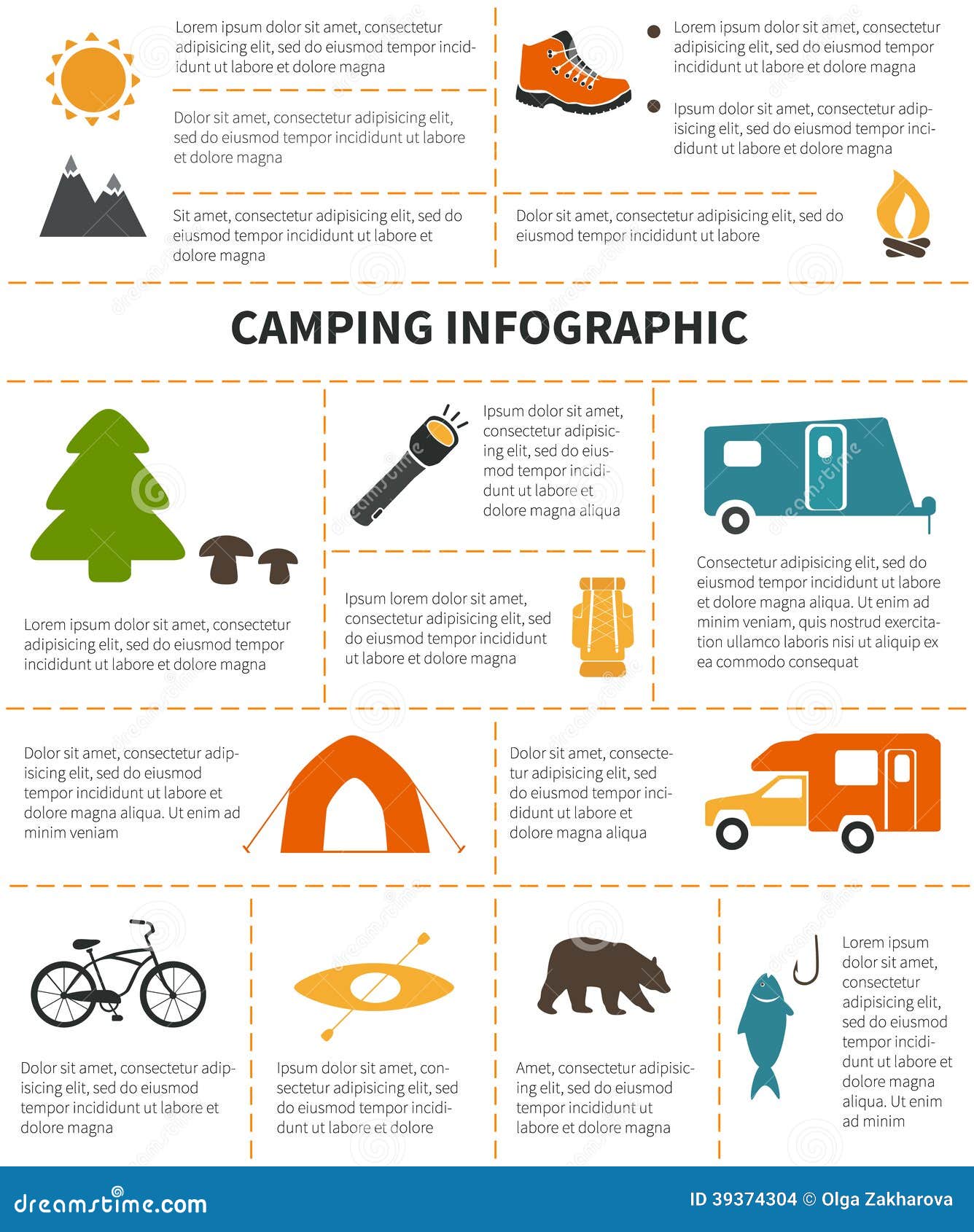Why Glamping Resorts Use Rain Flies For Style And Function
Multi-Purpose Makes Use Of for Rainfall Flies in CampThe rain fly is a necessary part of your outdoor tents, securing it from rainfall, wind and rough sunshine. Whether you choose a spacious multi-room tent or lightweight backpacking camping tent, you'll discover that a high quality rainfly enhances your outside experiences.
Search for a rainfly with long lasting materials and a high waterproof rating. Take into consideration the weight and packability of a rainfly when selecting it for backpacking journeys.
Sleeping Camping tent
A rainfly offers added protection for your tent from unanticipated showers. Its design deflects rain and snow and helps protect against water from merging on the top of your outdoor tents. This can create the material to sag and cave, leading to leakages.
Modern rainfly textiles consist of polyurethane or silicone finishes to supply outstanding waterproofing. Numerous additionally feature secured seams to avoid water from leaking with sewing. Some even have reflective spots to help you situate your tent in low-light problems.
Select a rainfly that mirrors the environment and outdoor camping conditions you run into most frequently. For example, desert campers need a rain fly that blocks wind and UV rays. Backpackers must think about ultralight rain flies to reduce pack weight without endangering protection. Search for flexible attachment points that permit you to change the tension on the fly to make certain that it is taut and positioned properly to stop leakages. A well-positioned rainfly can likewise control temperature and decrease condensation inside the camping tent.
Tarpaulin
Tarps are flexible items of camping gear, and a tarp shelter can be one of one of the most comfortable options for camp. Along with being able to be set up in endless means, tarps likewise have a tendency to require much less equipment than camping tents and are much lighter in weight.
A major benefit to tarpaulin sanctuaries is that they permit enough ventilation. While this can be a drawback for some campers, who might prefer to have a more enclosed area, it is a crucial factor in keeping occupants from overheating and decreasing the accumulation of eco-friendly bag condensation that might endanger the textile.
As with other setups, when establishing a tarp shelter, make sure the ridge line is set up at an angle to assist direct rain and snow far from the sanctuary. An excellent ridgeline can likewise keep wind from blowing the tarp around. Ensure the tarp is safeguarded effectively with ideal connecting methods, such as a prusik knot (or moving knot), at heights that create enough head area and are not a tripping risk, and slope the tarpaulin suitably for drain.
Protection
A rainfly is one of one of the most vital items of camping equipment to prompt any type of trip. It protects your tent from climate that can swiftly alter, allowing you to remain comfy and enjoy your wild experiences.
Modern rain fly designs supply more than just waterproof protection. Some have integrated photovoltaic panels to aid you maintain charged on the go, while others have adjustable vents for air flow to alleviate condensation build-up. Picking a rainfly that fits your demands and choices is vital for the overall experience.
Look for light-weight materials, such as nylon or polyester, and polyurethane coatings to enhance water resistance. Likewise take into consideration the rainfly's head hydrostatic stress rating, which aids you assess its ability to hold up against rainfall and wind. Keep in mind that rainfall flies generally need to be cleaned up after each usage, given that dust can endure the water-proof layer. It's ideal to tidy and store it in an amazing, dry location to avoid mold and mildew and mildew.
Shelter
A rainfly is an essential piece of equipment for your hammock, protecting you from the components and guaranteeing that you can rest easily. When selecting a rainfly, take into consideration the climate and problems in which you'll be outdoor camping. For example, exotic settings may call for a rain fly that has high moisture and UV security. Other factors to consider include material type and weight. Try to find choices that are light-weight and made from long lasting materials that stand up to abrasions and spots.
If you don't have a rain fly, you can develop a makeshift shelter making use of a tarpaulin. However, it's best to set up your rainfall security first before putting up the rest of your camping tent. This makes certain that you can quickly and conveniently get in and out of your hammock in case of an abrupt storm or change in climate. Also, make certain that your rainfall fly is correctly secured to prevent flapping in the wind. Remember that rain flies and insect webs should be cleaned up consistently to avoid mud, mold and mold from developing with time.
